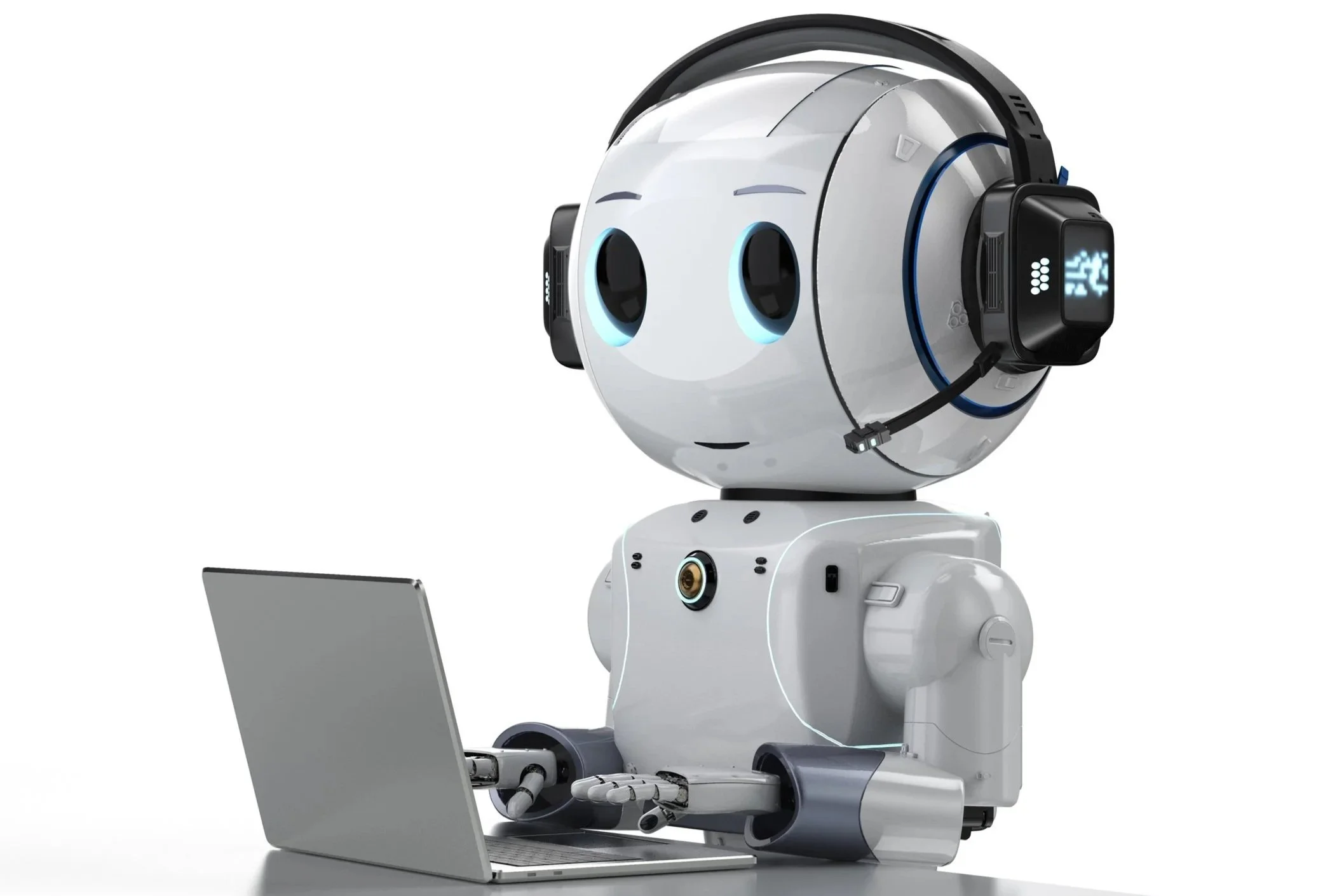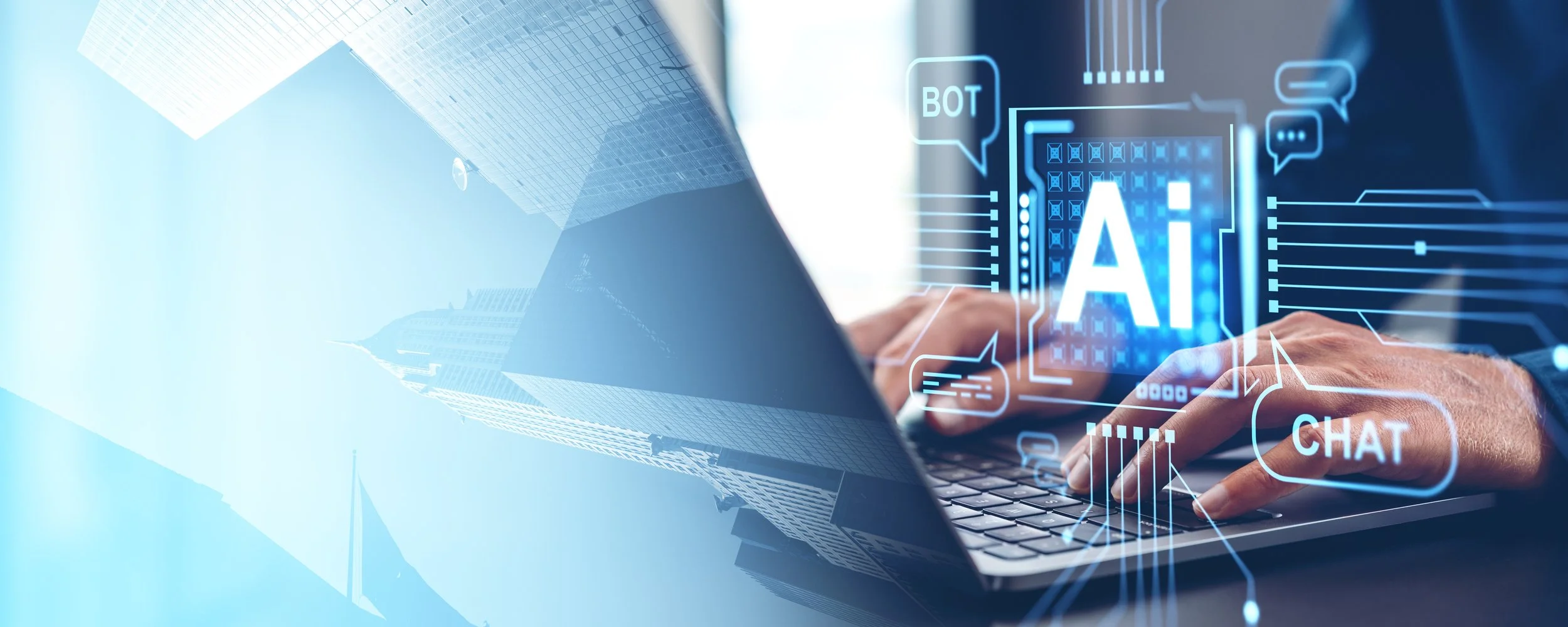You Think Chatbots Can Replace Your Training?
If you are like me, you dread having to call customer service in the first place only to connect with a bot. What is the first thing you usually say? “CUSTOMER SERVICE!” If you, as customer, don’t like talking to a bot, how do you think your customers feel? Now ask yourself: how you are training your customer service agents? Are you preparing them to connect with people? Or are you preparing them to sound like bots too?
Generative artificial intelligence (AI) and chatbots are becoming increasingly popular tools in employee onboarding and training, particularly for customer service and contact center roles. AI-driven solutions offer real-time access to product and process information, provide automated responses to frequently asked questions, and streamline certain aspects of learning. The appeal is obvious: efficiency, consistency, and scalability.
But let’s be clear: chatbots can support your training program, but they cannot replace it. This is because the human element is still required in customer interactions. Chatbots can provide information, but you still need humans to communicate with humans.
Chatbots Are Useful
Chatbots are useful when it comes to structured, repeatable knowledge. They can:
Deliver product details quickly and consistently
Provide standard operating procedures on demand
Help reinforce compliance protocols
Offer answers to frequently asked questions
These capabilities help new hires and experienced staff locate information and follow policy. They can reduce the cognitive load on trainers and free up time for human mentors to focus on deeper, relational learning.
The Human Element Is Irreplaceable
True customer service goes far beyond product knowledge and protocol. Great customer service requires empathy, emotional intelligence, and nuanced communication. Basically traits that are uniquely human.
A chatbot cannot:
Read between the lines of a frustrated customer’s tone
Navigate complex interpersonal dynamics
Show genuine empathy or build trust
Mentor a new employee on how to show up with presence and care
This is where high-impact training and coaching come in. Leadership is not confined to job titles and it lives in every employee's ability to take ownership, communicate authentically, and respond with empathy and care.
The Paradox of Progress: As Technology Advances, Humanity Becomes More Valuable
As AI grows smarter, the uniquely human aspects of work become even more critical. In environments where customers are often frustrated or overwhelmed, the ability to connect becomes a competitive advantage. This means training programs need to prioritize not just knowledge transfer, but also cultural development, emotional intelligence, and adaptive communication.
Training should cultivate:
Empathy: Seeing the customer’s perspective
Adaptability: Navigating uncertainty with poise
Ownership: Taking responsibility for the customer experience
Wisdom: Knowing when to follow the script, and when to pivot
These are not traits you can program into a chatbot and must be developed with humans.
In a nutshell
Integrating AI chatbots into your training infrastructure can be a smart move, especially for delivering consistent knowledge and freeing up resources. But remember, chatbots supplement learning. They do not substitute learning. The heart of customer service is human, and your learning resources should reflect that.
To future-proof your workforce, invest in developing your people. Use technology to enhance learning, not replace it. And never forget: leadership and performance are human pursuits, and they always will be.
Not sure how to integrate chatbots and AI into your learning experiences? We can help you determine your true performance needs and effectively integrate AI into your learning environments.



